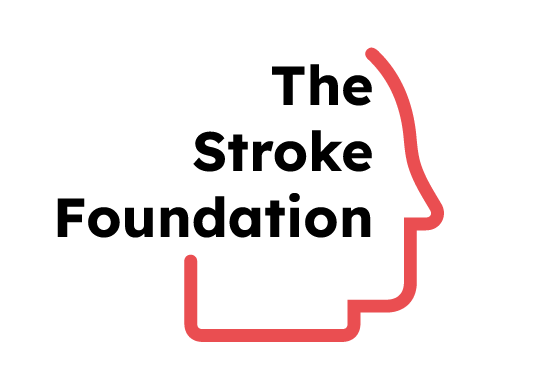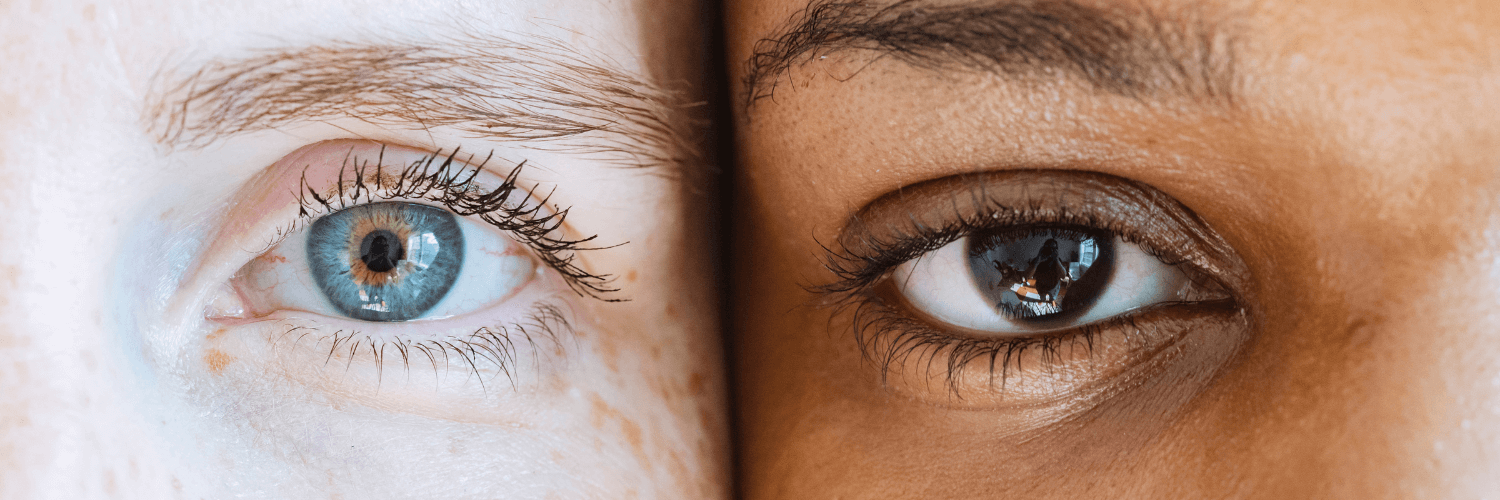Types of Vision Problems After a Stroke
Visual Field Loss
One of the most common stroke-related vision problems is visual field loss—when part of your field of vision disappears.
- Homonymous hemianopia: Loss of the same side of the visual field in both eyes (e.g., everything to the right or left).
- Quadrantanopia: Loss of one-quarter of the visual field.
People experiencing this might bump into objects on one side, have difficulty reading, or miss things in their environment.
Double Vision (Diplopia)
Double vision occurs when the eyes are misaligned and send different images to the brain, which can't merge them into one clear picture. This can make walking, driving, or reading feel disorienting and unsafe.
Reduced Visual Acuity
A stroke can sometimes affect the brain’s ability to process what the eyes see clearly. This can result in blurred or fuzzy vision, making it difficult to see fine details—such as reading small print or recognizing faces at a distance.
Visual Processing Difficulties
Some survivors may technically “see” clearly, but struggle to interpret visual information. This could look like:
- Difficulty recognizing familiar faces (a condition called prosopagnosia)
- Trouble reading words despite having good eyesight
- Confusion identifying objects or navigating familiar spaces
These challenges are often linked to damage in the areas of the brain responsible for processing vision—not the eyes themselves.
How to Manage Vision Problems After a Stroke
Eye Patching
Patching one eye may help with double vision or certain visual field losses. It encourages the brain to rely on the stronger visual signals from one side, which can reduce confusion and improve stability.
Prism Glasses
Special glasses with prisms can shift and align the images from each eye, helping the brain merge them properly. This is often helpful for survivors experiencing double vision.
Vision Therapy
Vision therapy uses structured exercises—guided by a specialist—to help retrain the brain’s visual processing. This can include:
- Eye-tracking drills
- Visual memory games
- Coordination exercises
While it doesn’t always restore vision completely, therapy can help improve function and confidence.
Magnification Tools
For those with reduced visual acuity, magnifiers or electronic tools (like screen enlargers or text-to-speech readers) can help make everyday activities more accessible.
Final Thoughts
Vision problems after a stroke can be frustrating—but you are not alone, and there are options for support. Whether you’re experiencing partial vision loss, double vision, or trouble processing what you see, it’s important to seek help from your care team. Specialists like neuro-ophthalmologists or vision therapists can guide you toward the right tools and strategies.
With the right adaptations and therapies, many stroke survivors are able to regain independence and navigate the world more confidently.


%20(2)%20(1).png)
.png)
%20(1).png)

